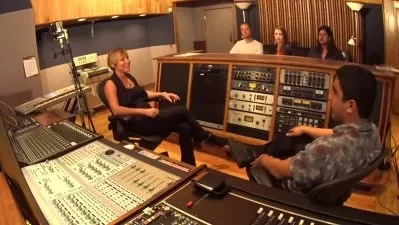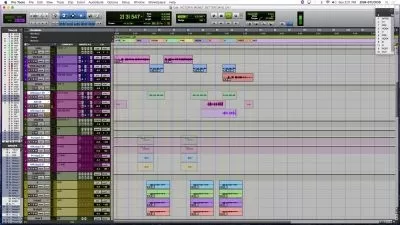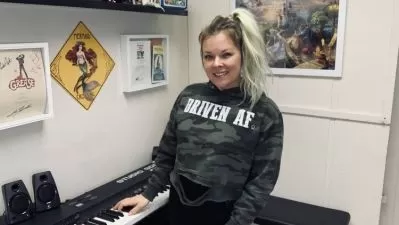About SingingLearn More
Whether alone or on stage, singing is a terrific way to express yourself artistically, diversify your skill set, and help relieve stress. Singing classes can boost your musical comprehension and teach you techniques for achieving greater vocal range. Udemy offers a wide range of singing courses that can introduce you to singing as an artform, teach you new singing styles, and much more.
Sort by:
Sorting
The newest
Most visited
Course time
Subtitle
Filtering
Frequently asked questions about Singing
Singing is making musical sounds using the voice. Learning to sing involves training your vocal cords and ear to hit and monitor pitch, though the vast majority of power, volume, and breath control come from the diaphragm. Singers, also known as vocalists, can perform music with accompanying instrumentation, other accompanying vocals, or without any accompaniment (known as a cappella). Using accompanying vocals can be a beautiful way to enrich your own singing, as multiple voices can add a richness of tone and harmonies that sound pleasing to the ear.
Pop music is one of the most common styles of singing. This fun, romantic genre tends to focus on strong melodies and danceable rhythms. Rock singing is related but tends to be edgier and grittier. Rock singers often avoid being overly smooth or on-pitch to deliver a more emotional and raw performance. Both blues and jazz singing originate from African-American spirituals, though they are quite distinct. Blues singing is rough and rootsy; jazz music is clear and precise, so jazz singing tends to be enunciated and closer to spoken speech. Opera and classical singing, while stylistically formal, also require some of the greatest technical skill and emotional release. This style of singing is typically less intimate than others but has a grand impact. Hip hop singing is a heavily rhythmic, technically demanding, and diverse genre. It can range from rapping to highly technical “runs,” or fast successions of notes. This style has had a large influence on others like pop, funk, and blues.
Classically speaking, the different vocal ranges are Bass, Baritone, Tenor, Alto, Mezzo-Soprano, and Soprano (lowest to highest ranges, respectively). These classifications are typical in a choir. A Bass can sing typically from C2 to G4, a Baritone from A2 to A4, a Tenor from C3 to C5, an Alto from F3 to F5, a Mezzo-Soprano from A3 to A5, and a Soprano from C4 to C6. Note that these ranges are approximate and that your actual range might lie somewhere between them. To find your range, go to a piano and play middle C (C4). Sing that note as an “ah” vowel. Next, play each note moving downward until you reach the limit of what you can sing — this is your low note. Do the same moving up from C4, which will produce your highest note. This will give you your vocal range.













